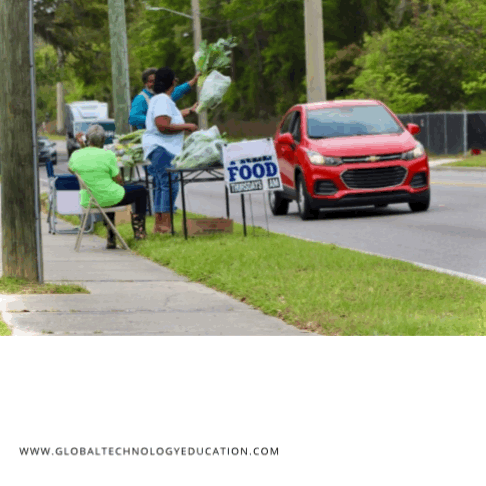How Technology-Vulnerable Seniors Struggle with Remote Access to Social Security and Essential Healthcare
The transition to digital-first services has created unprecedented challenges for America’s seniors, particularly those with limited technology experience or access. As Social Security and healthcare systems increasingly focus on online and remote interactions, a significant portion of older Americans find themselves struggling to access the very services designed to support them. Our seniors deserve systems that work for them, not barriers they must overcome for essential services they’ve earned throughout their working lives.
The Digital Shift in Essential Services
In recent years, both the Social Security Administration (SSA) and Medicare have dramatically expanded their digital footprints. Scheduling appointments, submitting claims, and accessing records now default to online portals. Previously, these tasks required an in-person visit or phone call. The COVID-9 pandemic only accelerated this transformation, with many physical offices reducing hours or closing altogether.
For tech-savvy individuals, these changes represent convenience. For technology-vulnerable seniors, they’ve created formidable barriers to essential services.
Research from the National Council on Aging shows that seniors aging in place face challenges. These challenges occur when navigating online systems. It has resulted in an estimated $10 billion in unclaimed benefits. This issue is more devastating for eligible seniors from lower-income backgrounds who need support most.
The difficulties seniors face extend beyond simple unfamiliarity with technology leaving multiple layers of health literacy challenges.
Complex Authentication Systems: Multi-factor authentication, while excellent for security, presents significant challenges for many seniors. Password management, verification codes, and security questions create multiple points of potential confusion.
Inconsistent User Interfaces: Different government services use different platforms with varying design elements. This requires seniors to learn multiple systems with different navigation patterns.
77.4% of Android Essentials participants strongly agreed that tablets helped them feel more connected with their religious community
In-person service options have decreased. As a result, the availability of hands-on assistance has diminished. This change leaves seniors without the human guidance many prefer. Resource capacity limitations create real-time barriers for caretakers. They also cause accessibility issues for seniors and other vulnerable pantry participants who may need support during pantry distribution. To reduce these challenges, a coalition of wellness stakeholders are turning to Global Technology Education. They use GTE technology solutions for their go-to platform to streamline communications and dedicated support across devices. It also integrates longer-term solutions with best practices. These practices make digital interfaces inherently more accessible to users of all ages and abilities.
Accessibility Barriers: Small text, low contrast interfaces, and time-limited sessions can make digital navigation particularly difficult for seniors with vision impairments or slower processing speeds.
For now, many local pantries are administered by elders and lack capacity to meet the growing needs of the community.
“We are grateful for the ongoing support from friends, enthusiastic volunteers, and family members, and while we recognize the need for more skilled human resources, we are hopeful that as we grow, we can meet the personalized service demands more effectively. We truly appreciate the dedicated services offered by our local partners, and their persistence showcases their remarkable resilience. Together, we will work towards creating a system that ensures everyone has the support needed to put food on the table with ease.” ~ Joel, GTE Tech Administrator
Promising Solutions Emerging
Despite these challenges, several promising approaches are helping bridge the digital divide:
GTE Enterprise Solutions recently partnered with local health agencies to develop a simplified app. The app includes senior-specific tool tips. It meets ongoing challenges with larger text, fewer steps, and more intuitive navigation.
As our essential services continue evolving digitally, we must ensure this evolution doesn’t leave behind the very populations these systems aim to serve. At Global Technology Education, we interface with local agencies and key community stakeholders to structure health literacy programs connecting Digipreneurs with seniors needing hands-on and remote digital assistance. The automated text reminder system helps increase attendance, reduce confusion about schedule changes, and create a more efficient distribution process.
Community Technology Navigators: Technology designers, government agencies, and healthcare providers all share responsibility for creating accessible digital experiences. GTE partners with community hubs, libraries and senior centers to extend dedicated technology solutions customized for healthcare and benefits navigation.
Smartphone Safety: Organizations recognizing the digital divide are maintaining and sometimes expanding phone-based service options.


